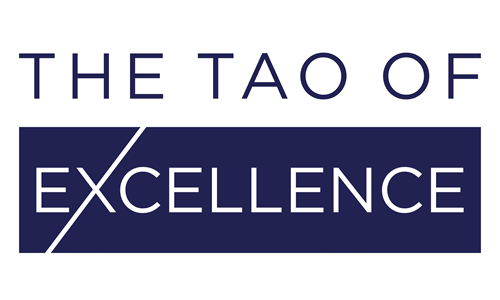As you read this, Notified Bodies (NB) are scheduling their first MDR audits—so we’ve defined 5 steps to how you can prepare for yours. Proper preparation will be key to your success, ensuring not only a smooth transition to the new MDR, but also a successful auditing process with your NB.
The EU Commission published its new Medical Devices Regulations (MDR) in May 2017, marking the start of a three-year transition period from the Medical Device Directive (MDD). This transition period will end on the 26th May 2020—the date the new MDR will be applicable. Now that the first Notified Body BSI UK has been designated to certify medical device manufacturers, we expect that more NBs will be designated in the near future and the MDR audits will begin. Before starting your own preparations for this, get in touch with your NB and find out when they expect to be designated for the new MDR. All approved NBs and their scopes can be found here.
Additionally, know now that your NB will need notice of your audit date to schedule the timing of your product recertifications within the authorised 3–5 year time frame. This preparation will be essential to safeguarding your device’s access to the European market at the end of the transition period and will also make sure that your NB can support you to your best advantage—optimizing your audit scheme and your transition to MDR.
Follow these 5 steps to prepare for your MDR audit and the future medical devices market.
Strategize your product submissions
It is important to strategize your product submissions, so the first step is to review your portfolio. Identify when your products will be affected by the new MDR by checking the dates of their current Medical Device Directive (MDD) certificate. The grace period will end on the 25th May 2024, when the last of the MDD certificates will expire. From the 25th May 2025, any medical device that is not certified under the MDR will need to be removed from the market. Based on this analysis, your MDR certificates can be scheduled and timed in relation to the product and availability of your NB. If products are likely to be affected by any design changes or fall under a revised class of medical device classification (for example, a change from Class 2 to Class 3 under the MDR), consider prioritising those products for recertification according to MDR first.
Perform a gap analysis
A gap analysis can be done by using the MDR directly, as well as the corrigendum document published on 13 March 2019 to address and fix the mistakes and inconsistencies in the EU’s original MDR publication. Additionally, the assistance of external support will be extremely useful in identifying gaps clearly. At The Tao of Excellence, we can give you an assessment that will compare your business to the market’s standard, as well as the way in which companies are interpreting that standard. You should therefore use a consultant that you trust and utilize their expertise to perform a thorough gap analysis to develop an informed and effective gap closing strategy.
Close the gaps
Once identified, close those gaps. Decide on a strategy that will address both the regulatory requirements for the MDD and MDR certifications. Clarify and organise the procedures for each, ensuring that both the MDD and MDR will run smoothly during the transition and grace period. You can then make a plan that can prioritize and implement a gap closing strategy, but make sure that these are long-term solutions as any superficial implementations are likely to result in a higher workload later on or in your next audit. It is vital that the management strategy you create enables the MDD and MDR to coexist smoothly, efficiently and effectively.
Address individual differences to MDD
Make sure you have documents in place that address any individual changes to your process clearly, simply and specifically in comparison to MDD. There is no need to have an official document in place, but a working document will assist you in easily navigating your auditor’s questions during the MDR application process. However, the final implementation of all changes should be set out in your quality management system.
Full team participation
Make sure that everybody affected by any process change is trained for the new process and that you can show evidence of that training. Involve your team in the audit preparation. It is important that anyone who may be called into an audit is aware of how the process works and how to communicate with auditors. Your team should know when to be ready, what to bring and who will answer what questions.
For more information on each of these steps and beyond, please contact The Tao of Excellence or visit our website to learn how our expertise and services can assist your business, ensuring its success within the EU’s new regulatory landscape.
 Jasminka Roth
Jasminka Roth
Founder and Director of The Tao of Excellence
Phone
+41 52 685 51 65
Email
[email protected]
Did you like this article? Follow us on LinkedIn and Twitter!

